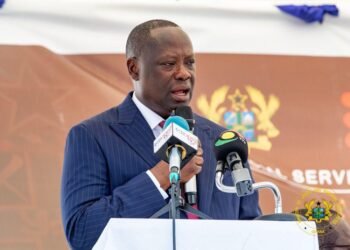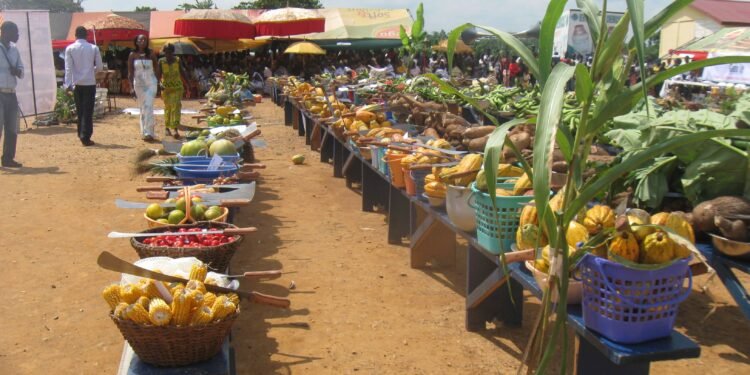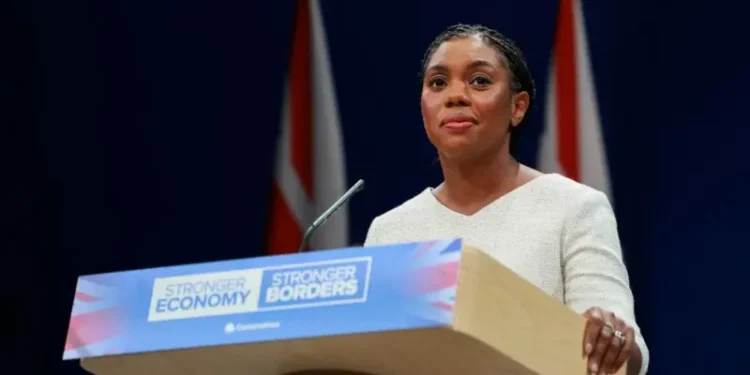Ghana’s overall debt stock is likely to continue rising into 2022 as COVID-19 pandemic-related spending continues unabated and the realization of energy sector liabilities dominate the country’s debt structure, Fitch Ratings says.
According to the Credit Ratings Agency, debt-to-GDP ratio is likely to plateau at nearly 75 percent of GDP from 2024. Nonetheless, Fitch’s last ratings issued on Ghana is still B/Stable since October 2020. This is contingent on the expectation of a gradual recovery, both in economic performance and fiscal revenue.
Also, the availability of external and domestic financing sources and the eventual stabilization of debt/GDP anchor this expectation. These notwithstanding, the country’s finances are growing tighter and tighter. And this is due to an accumulation of domestic arrears and contingent liabilities that will continue to add to its debt stock.
As of January 2019, the energy and gas sectors recorded net Sector arrears of US$2,748 million. This is according to the Energy Sector Recovery Programme (ESRP) 2019 report. With no action taken, the energy sector was likely to add US$1,268 million to its deficit in 2019 and net arrears forecasted to grow to more than US$12,524 million. Thus, leaving the sector decorated with unsustainable finances.
Government of Ghana’s Action towards ESRP
However, in December 2020, the Ministry of Finance announced its commitment to undertake the Energy Sector Recovery Programme ‘in good faith’.
Consequently, progress made on the Energy Sector Recovery Programme (ESRP) included debt payment in excess of US$1 billion to Independent Power Producers (IPPs) and deals made with power-generation companies saved the energy sector up to US$5 billion.

The specific actions undertook by the Government included relocating Karpowership Ghana Company Limited and securing agreements with CENIT Power Limited and Cenpower Generation Company Limited. Fitch believes that the government’s actions will prevent the worst-case scenario. But that additional liabilities of as much as US$12 billion could fall on the government if such efforts fail.
Fitch Expectations
Ghana’s energy sector is currently plagued with a stock of debt outstanding. As well as ongoing losses that result from an inefficient operational environment and uneconomical tariff structure, Fitch says.
According to the Ministry of Finance, Ghana pays over US$500 million annually in excess capacity payment.
Furthermore, the Minister designate for Energy, Dr. Matthew Opoku Prempeh, intimated that the country’s energy sector debt could hit US$12.5 billion by 2023. If the ongoing losses were not reduced and the sector did not revamp its collection of electricity tariffs. This, he told parliament’s Appointments Committee last month.
The reason behind the adoption of the ESRP is to clear outstanding liabilities of the sector. And to put the sector on a sustainable financial footing to avoid future shortfalls. However, implementation of the programme has been slow paced.
Fitch estimates current unmatched energy sector liabilities at between 4 percent and 5 percent of GDP. It notes that efforts to clear existing energy sector arrears will add a little over 1 percent of GDP to the government’s cash deficit each year through 2023. The success of government efforts to reform the sector will determine the amount of energy sector debt to feature on the government’s balance sheet beyond 2023.
READ ALSO: Rising debt levels: Moody’s forecast of 80% debt to GDP gradually becoming a reality.























